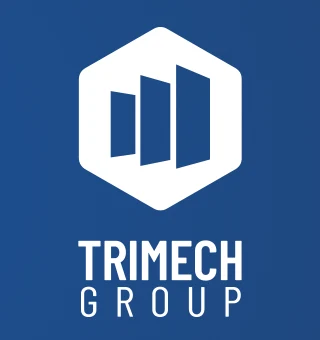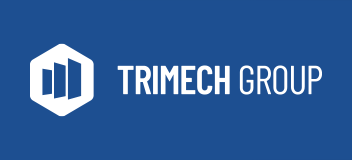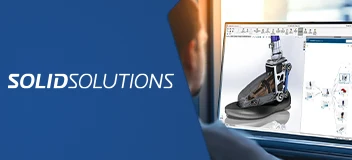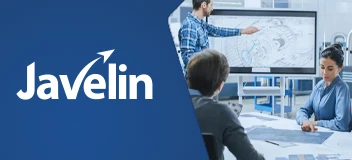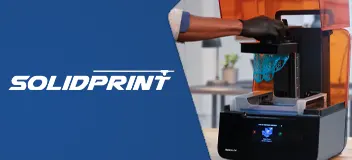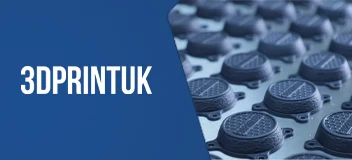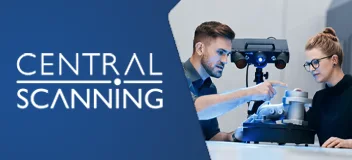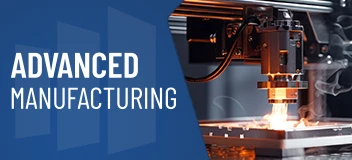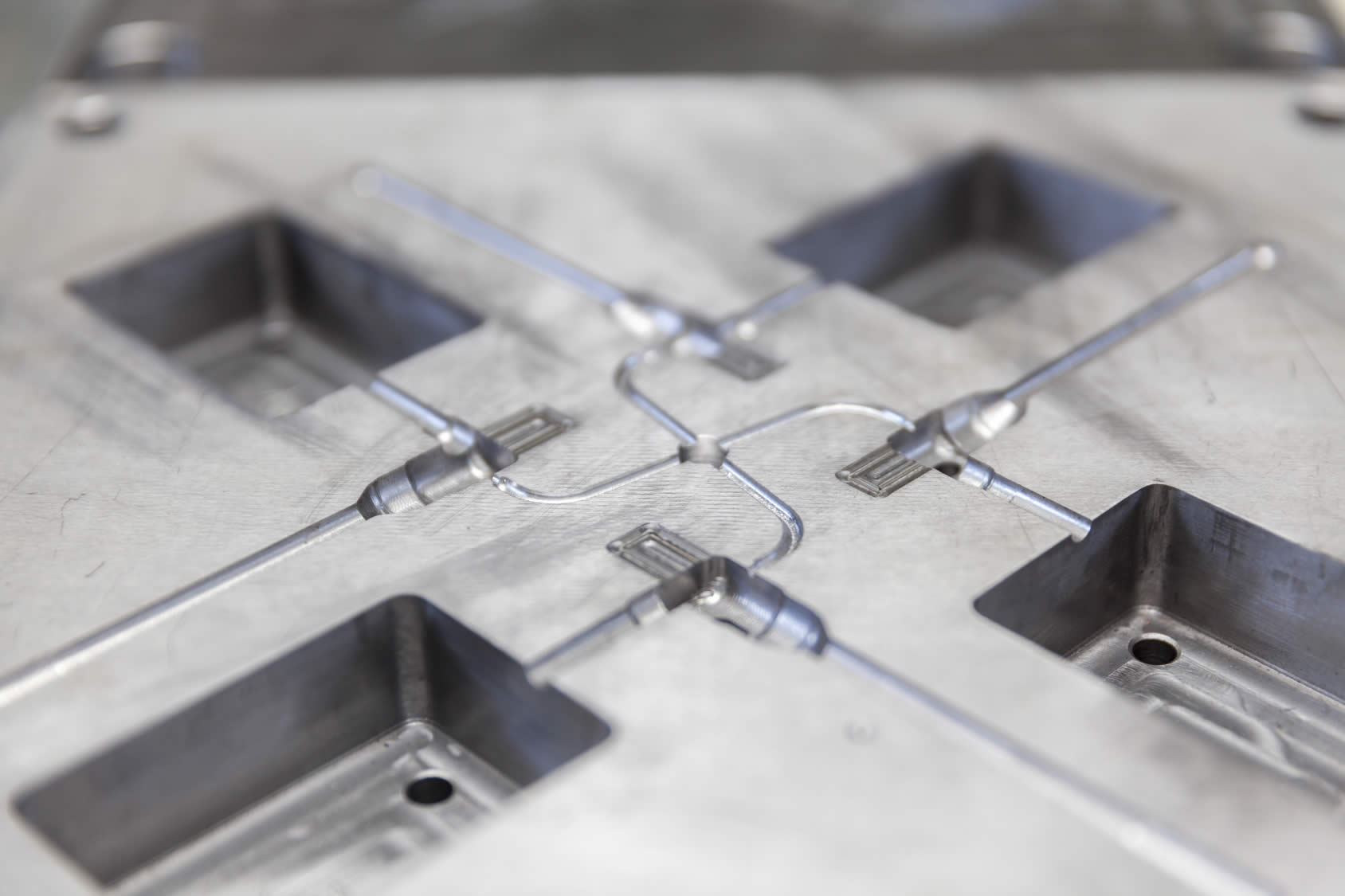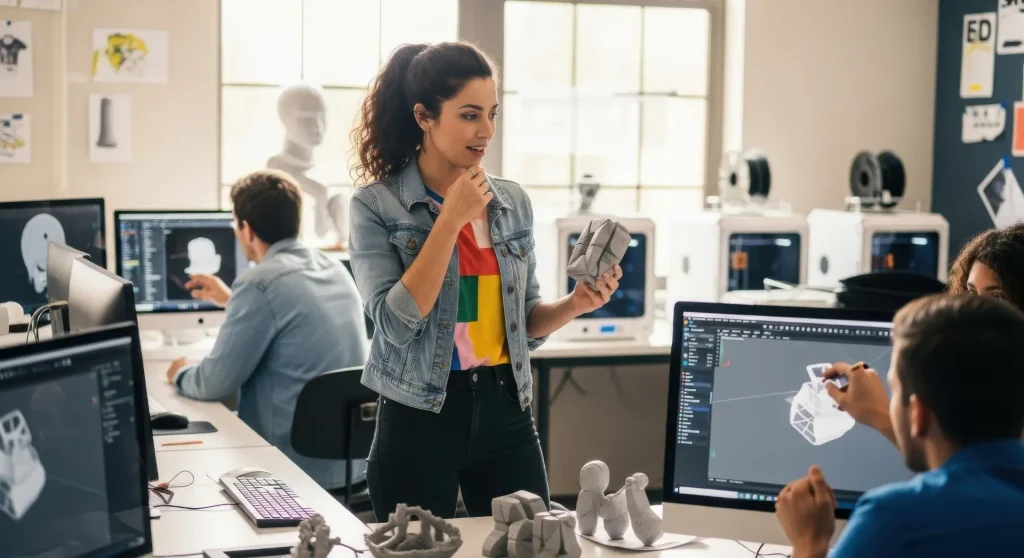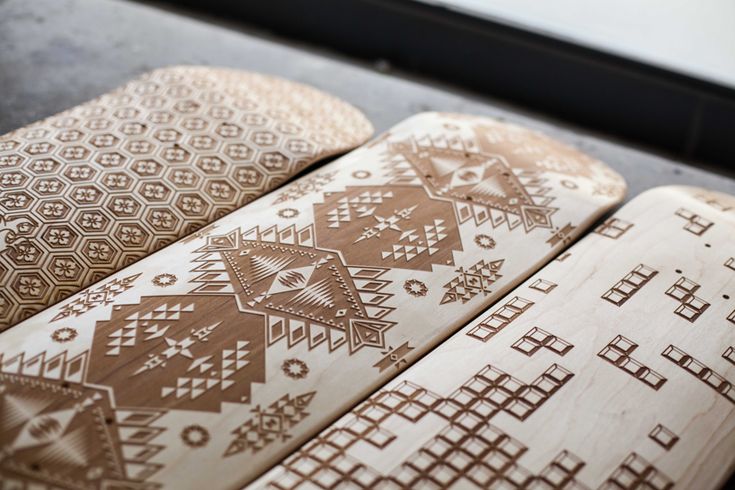6 Stages of New Product Introduction
NPI (New Product Introduction) is one of the processes organizations commonly use to help launch a new or upgraded product. It is one of the most effective tools to take a great idea from concept to a tangible product.
Why is NPI Important?
The competition is vast and mighty out there. You’ll likely be competing with numerous products in your chosen market, thus considering the NPI process early on will help you maximize your competitiveness.
By clearly defining the value of your product and objectives, you can reduce development costs that come with unnecessary revisions, prototypes, and testing.
In addition, there’s also the benefit of more efficient manufacturing which could lead to faster time to market and improved product quality.
As a high-level overview, here’s what happens in the NPI process:
6 Stages of New Product Introduction
1. Start with an invention idea.
Start with an idea that addresses a problem worth solving. In this phase, you’ll want to start with a business plan like the Business Model Canvas to validate the idea before diving straight into the NPI invention development process. Other things to consider at this stage are deadlines, budget, and the scope of the project.
2. Determine the feasibility of the invention idea.
This stage of the NPI invention development process starts with the 3D CAD concept. Here’s where you’ll review the concept designs of your invention idea. Along with finalizing the concept design, you’ll also create a basic Bill of Materials (BOM), which is required to build the product, and a general outline of the production process.
3. Design and develop the product.
At this stage, you’re finally turning digital designs into something physical – the prototype. Because of this, you’ll also prepare for manufacturing, BOM, logistics, and any safety/product regulations or certifications. It’s also a good idea to beta-test the product with real users. Indeed, they’ll be your key to acquiring salient feedback regarding the UX of the product. The more you test, the more feedback you’ll receive to fine-tune your product.
This stage is crucial as any other major changes to your product after this point may prove to be incredibly costly. At the end of this stage of the NPI invention development process, you will determine whether you want to either make major refinements or begin real testing and analysis of your product.
4. Test and analyze the production process.
Once you’re satisfied with the functioning prototype and ready to progress towards production, you’ll ensure everything goes smoothly before mass production. This stage is where you’ll begin tooling – including preparing the molds to manufacture the product.
5. Manufacture the product.
This is the most exciting part of the NPI invention development process. It’s where everything comes together and you begin to manufacture your product. But the work isn’t over yet. At this stage, you’ll need to document processes and manuals. Additionally, ensure you have a method to check the quality of your product because even when manufacturing at a larger scale, consistency is not guaranteed. Ensure you are vigilant and regularly complete quality checks.
6. Identify improvement opportunities.
As you get feedback or as technology improves, you’ll begin to identify improvement opportunities to build upon your existing product and expand your offerings to encompass services related to your product and business.
Do you have an invention idea and want to learn more about end-to-end product development? Reach out to our product strategy team here!
Have a Product Idea?
Discover our product development services tailored to startups, small manufacturers, and inventors.
Design Newsletter
Get the latest news curated for designers, makers and inventors.
Product Design Experts related to this content:
Discover our team of designers, engineers, project managers, and problem-solvers.
Marc Sinclair, Project Manager
Marc Sinclair is a Project Manager working out of the Toronto and Oakville, ON office. He has over a decade of experience working with OEMS and SMEs with a focus on manufacturing in product development.
More from our Blog
What to Build First: Minimum Viable Product Strategy for Startups
At TriMech, we advocate The ‘Minimum Viable Product' approach. Learn about this school of thought and how it benefits product design innovation!
The Importance of the Concept Design Phase
Getting ready to create your product is the beginning of an exciting journey, but for inventors who aren’t exactly familiar with the product development process,…
A gift from our friends at Magnetic Kitchen for their Kickstarter campaign!
Thanks to Magnetic Kitchen for this awesome TriMech Design Solutions laser-engraved skateboard deck gift! We love seeing this kind of inventive design spirit. They’re off…
Need help with your Product Idea?
Tell us about your invention or product design idea and get the help you need design, build and bring it to market
